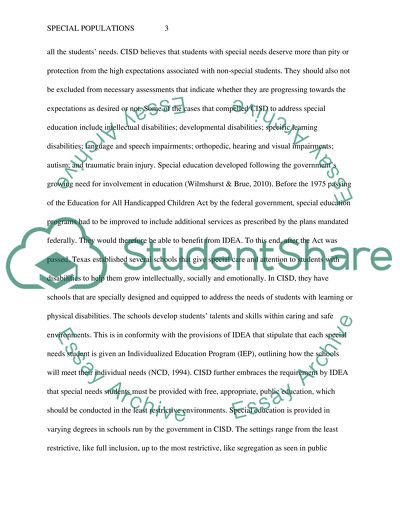Cite this document
(“Special Populations Research Paper Example | Topics and Well Written Essays - 1750 words”, n.d.)
Special Populations Research Paper Example | Topics and Well Written Essays - 1750 words. Retrieved from https://studentshare.org/education/1476604-special-populations
Special Populations Research Paper Example | Topics and Well Written Essays - 1750 words. Retrieved from https://studentshare.org/education/1476604-special-populations
(Special Populations Research Paper Example | Topics and Well Written Essays - 1750 Words)
Special Populations Research Paper Example | Topics and Well Written Essays - 1750 Words. https://studentshare.org/education/1476604-special-populations.
Special Populations Research Paper Example | Topics and Well Written Essays - 1750 Words. https://studentshare.org/education/1476604-special-populations.
“Special Populations Research Paper Example | Topics and Well Written Essays - 1750 Words”, n.d. https://studentshare.org/education/1476604-special-populations.


